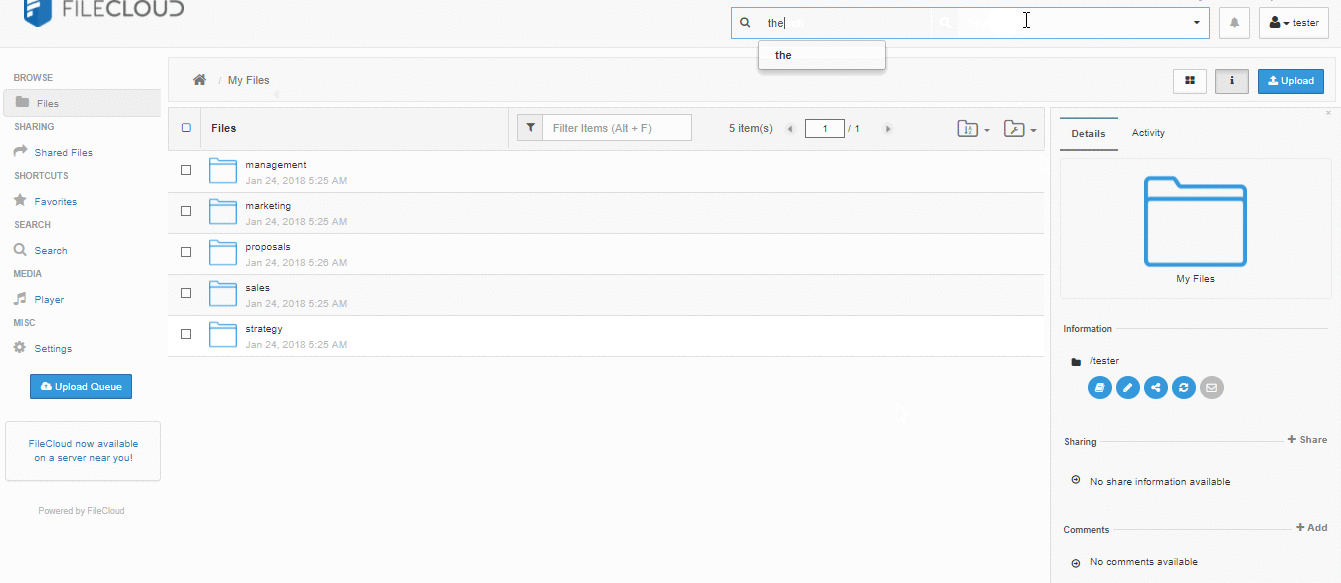3 unique Box alternatives to consider
| March 25, 2020

Box is a file storing service on the cloud that utilizes a simple interface and security features to help users organize digital files. Though Box has some really cool benefits, it also misses the mark in key places. Because of this, it’s important to check out some other file storage systems. Here are three Box alternatives that deliver unique, amazing results.
1. Canto digital asset management
Canto digital asset management (DAM) has made it easy for enterprise’s to move past Box and onto DAM systems. The biggest reason why companies transition to DAM from Box is because it integrates fully with Box. Another reason is it focuses on the things that are vital to businesses when it comes to file storage – security, organization, collaboration and brand maintenance – just to name a few. Where DAM really shines is its ability to simplify the entire file storage and sharing process, which in turns boosts creativity and saves precious time.

DAM is a system that answers the question plaguing enterprises: “Where are we going to store all this digital content?” It accomplishes this by adding crucial features and benefits that make its solution comprehensive. This includes things like quick file retrieval, metadata management and efficient file sharing. It also enhances team communication extensively, giving users a chance to remain in-touch during important projects and campaigns.
In what areas does DAM improve upon Box’s model? Here are some key differences:
- Extensive metadata features for better file organization and retrieval
- Comprehensive security and administrative control
- Benefits for enterprises, including vast scalability
- Automatic copyright and watermark functionality
Canto DAM has become a popular cloud choice for enterprise file storage. It continues to be a strong option due to its comprehensive tools and systems. Next, let’s take a look at the FileCloud system and see how it compares to Box.
2. FileCloud
FileCloud is a highly customizable, secure file sharing system. It is unique in that it offers file-sharing through SaaS, SaaP and a hybrid option. For companies with existing on-site servers that wish to sync to their file storage, FileCloud runs on those infrastructures. For businesses in need of cloud file storage, it has secure, dedicated cloud servers. Finally, the hybrid option (ServerSync) combines the on-site and cloud options. This proves FileCloud to be quite versatile.

When deciding whether a system fits your needs, it’s helpful to break down some of its key advantages and drawbacks. Here are some pros and cons of FileCloud:
Pros
- Assimilates with your current IT configuration
- Extensive administrator tools
- Secure remote access
Cons
- Restrictive for small businesses due to high user minimums
- Unpleasant complications can result from their sharing options
- Limited integrations
As you can see, FileCloud excels in a few key areas, though it fails to meet certain standards. This might be an issue, depending on the type of company seeking file storage. Last, we’ll review Dropbox, the most popular file storage tool available.
3. Dropbox
Dropbox is a versatile, popular cloud file storage system designed for individual users. Along with its similar-sounding name, it has quite a few system feature similarities to Box as well. Both systems won’t commit to focusing on individual use versus enterprise use. However, there are a few differences that make Dropbox stand out. One such difference is their willingness to improve on all their flaws and shortcomings. Dropbox at one time had many different issues that the company has since rectified. In fact, users can safely store files on Dropbox without worrying about massive holes in security. These upgrades keep Dropbox competitive.

Dropbox has some innovative features that attract a lot of users. One such feature is their ‘Papers’ option, which acts as a community space for ideas. In Papers, teams can collaborate in a singular location with multimedia files. Dropbox also provides constantly evolving security features that reassure users.
Dropbox has been one of the most popular file storage system for quite some time now so they’ve created a lot of positives for their software. However, they have some areas that they can’t seem to correct. Here are the main pros and cons of Dropbox:
Pros:
- Helpful integrations, including Microsoft Office products
- Valuable administration features
- Easy-to-use interface
Cons:
- Spreads itself too thin catering to both teams and individuals
- Large target for hackers due to popularity
- Limited file recovery and backup
Box isn’t for everyone, so make sure you have a detailed account of potential alternatives if it’s not for you. Chances are, even if you currently use Box, there’s a program that would better fit your needs.
